Case 01: Rocket Laucher
Introduction
This course is designed to introduce students to graphical programming and rocket launch pads. Students will learn how to write programmes to control the launch pad operation using the micro:bit Space Science Kit.
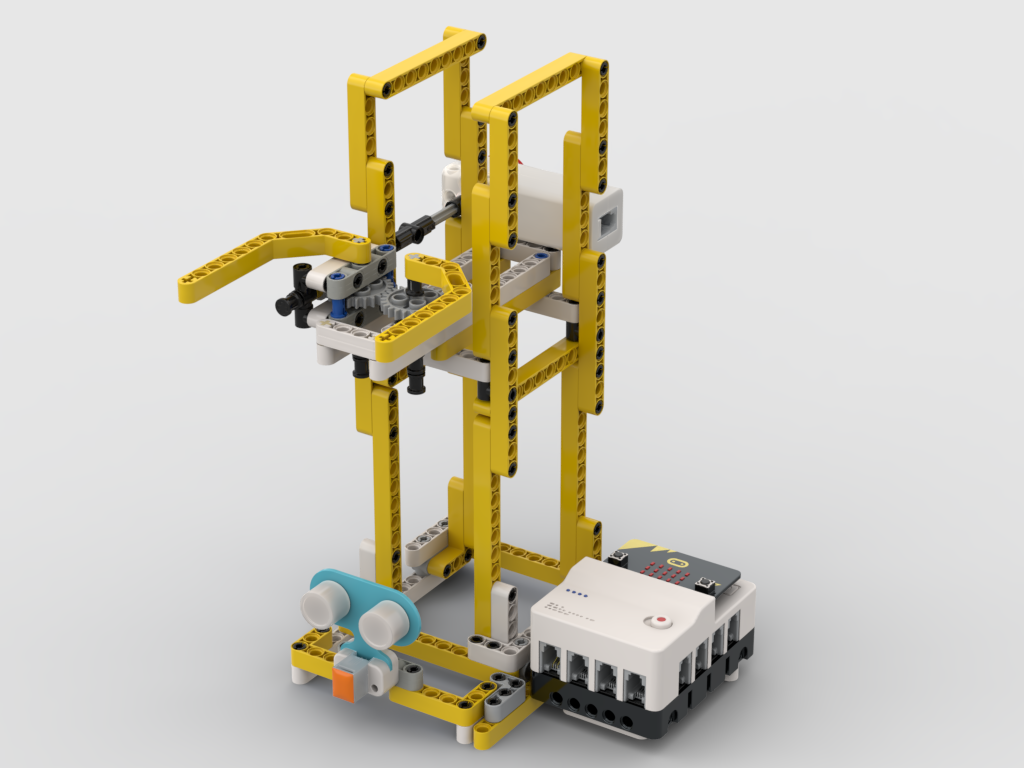
Teaching Objectives
- Understand the structure and running method of the rocket laucher.
- Understand how to program to control the PlanetX smart motor.
Teaching Preparation
Materials Requested:
 | micro:bit V2 |
|---|---|
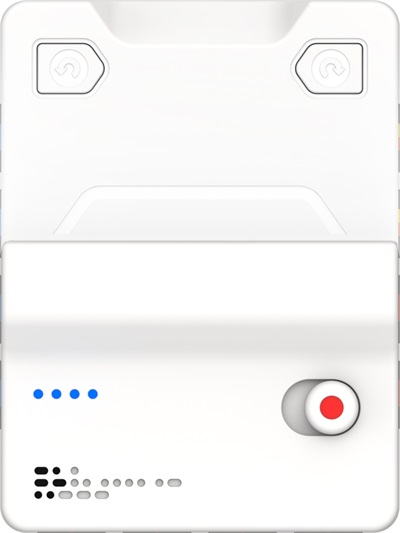 | Nezha Breakout Board V2 |
 | PlanetX Smart Motor |
 | PlanetX Sonar:bit |
 | Bricks Pack |
 | USB Cable |
 | Computer(PC) |
Teaching Process
Introduce
Have you ever thought about what a rocket launch pad consists of and how it works? In this lesson, we'll explore how to build a rocket launch pad with building blocks and graphically control the operation of a rocket launch pad.
Ready to explore the world of space travel with the micro:bit Space Science Kit? Now, let's embark on this fun learning journey!
Exploration
- How to build the rocket laucher?
- How to do a simple program to have the rocket laucher running?
- Are there any rocket launching methods other than the existing ones?
Assembly
Based on the form and composition of existing rocket launcher, please open up the discussion and rationalise the design of a block rocket launch pad.
Samples






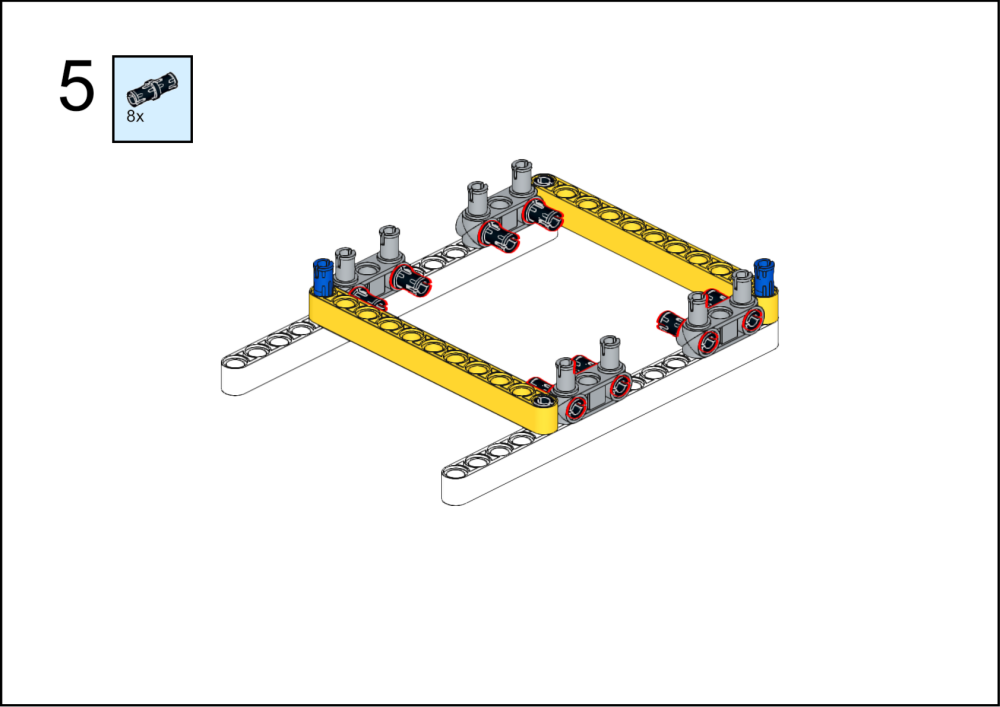
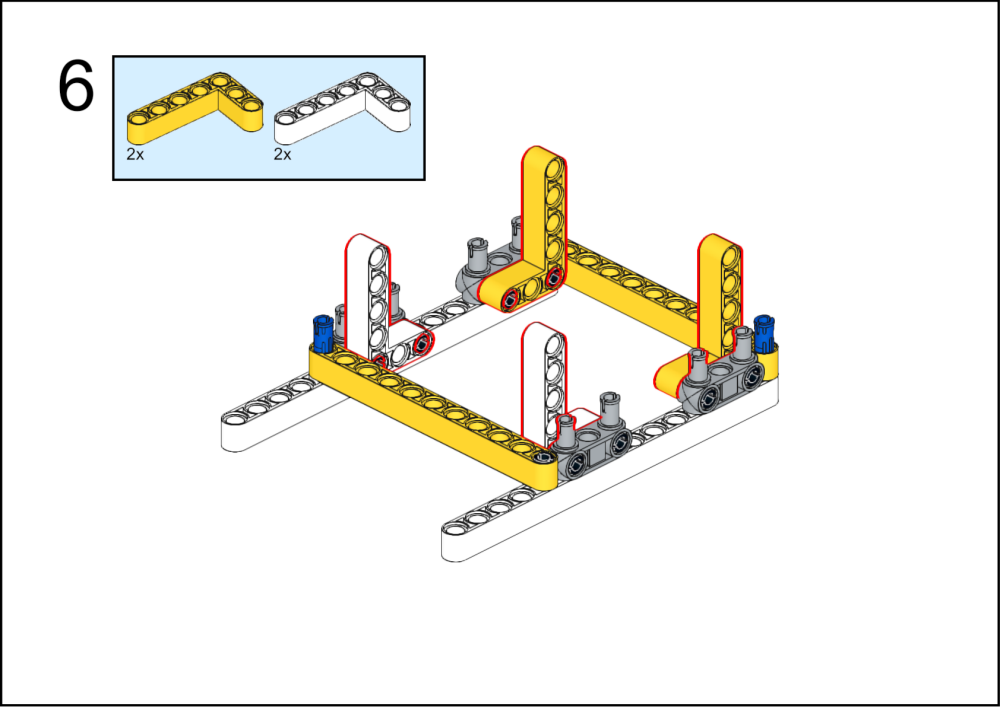
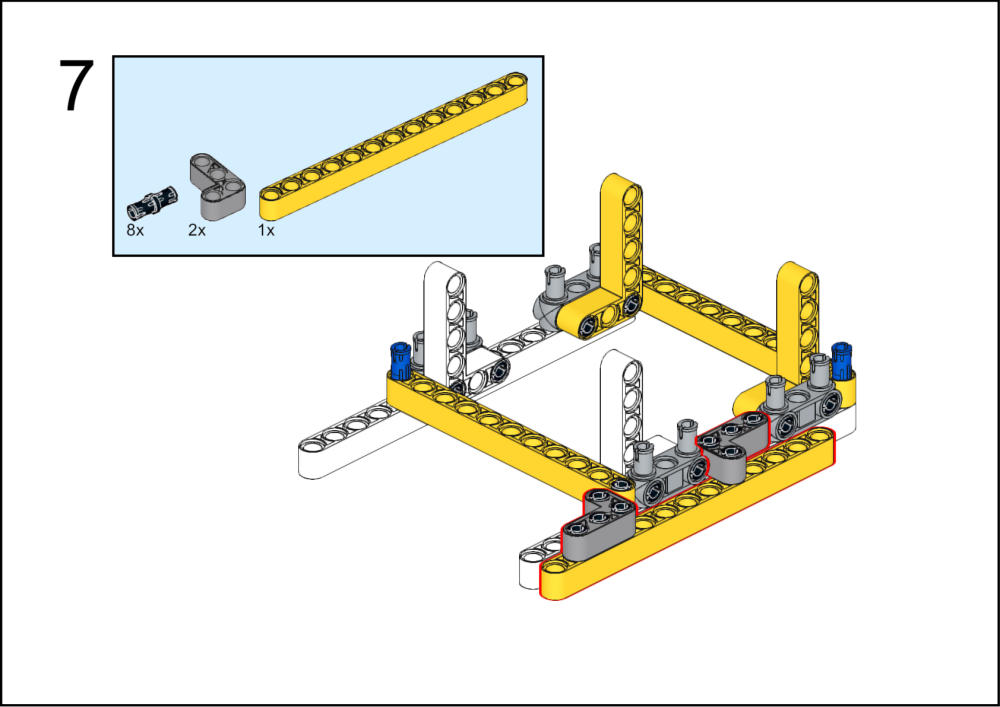
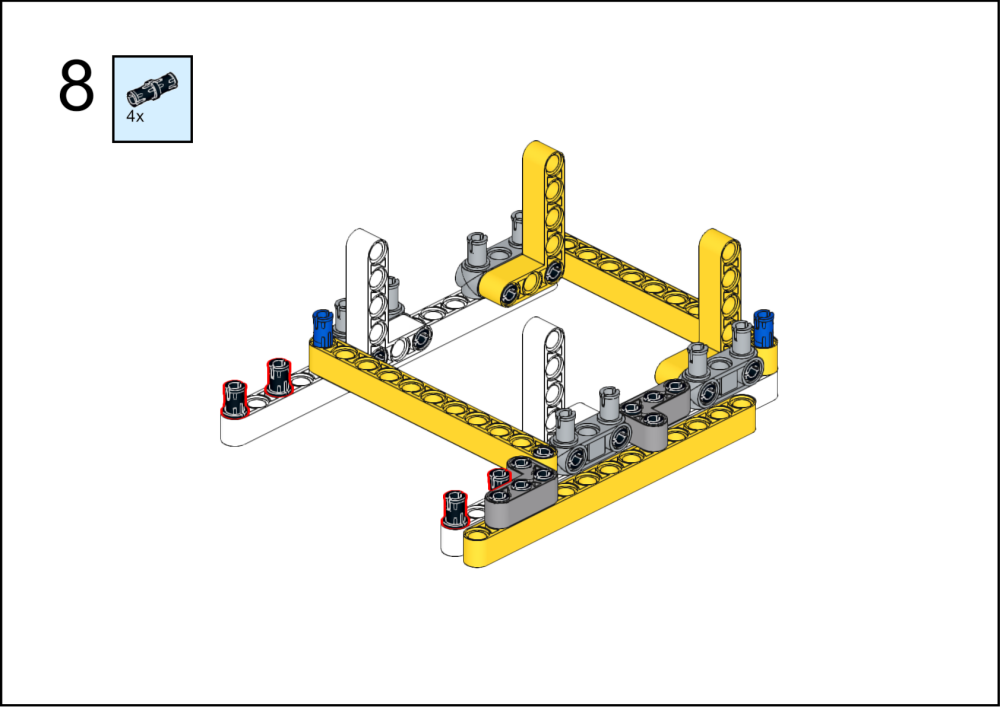


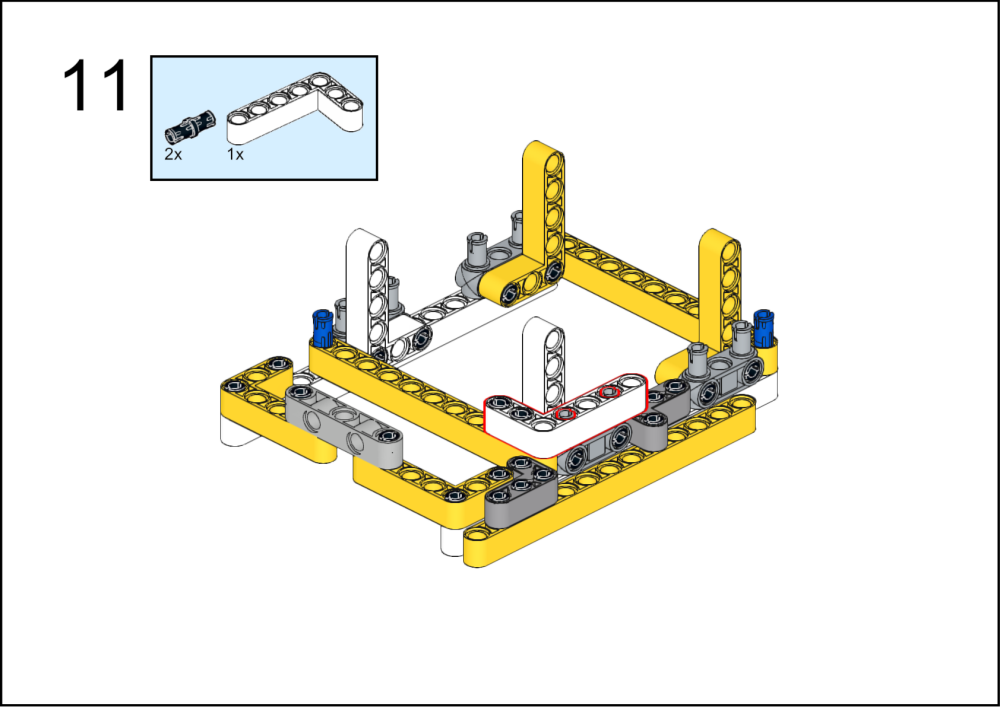
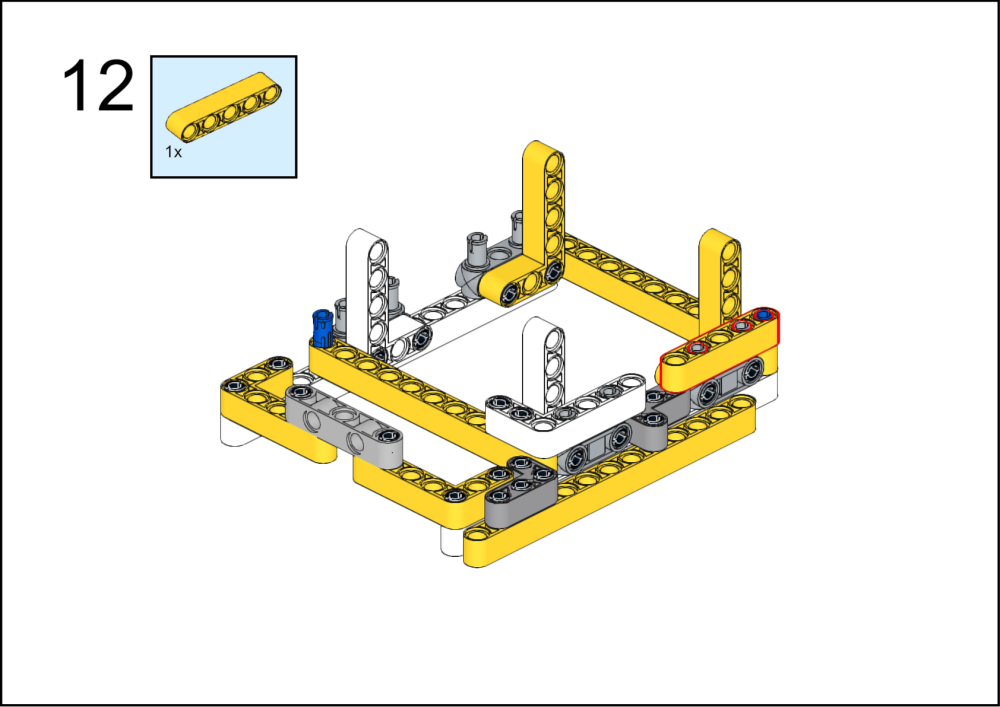






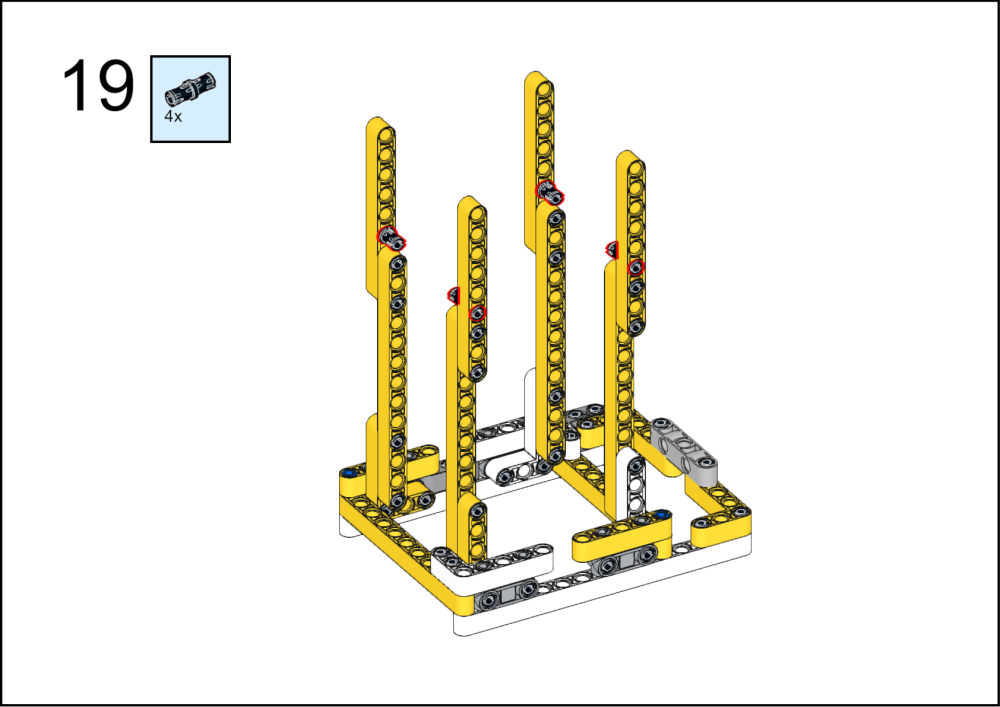









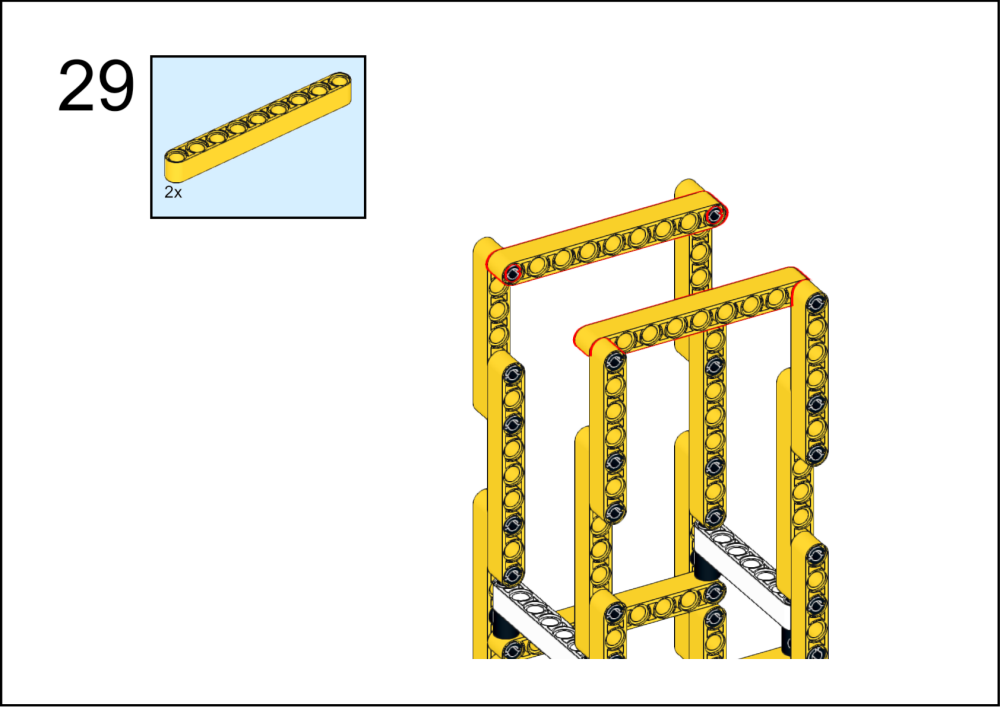




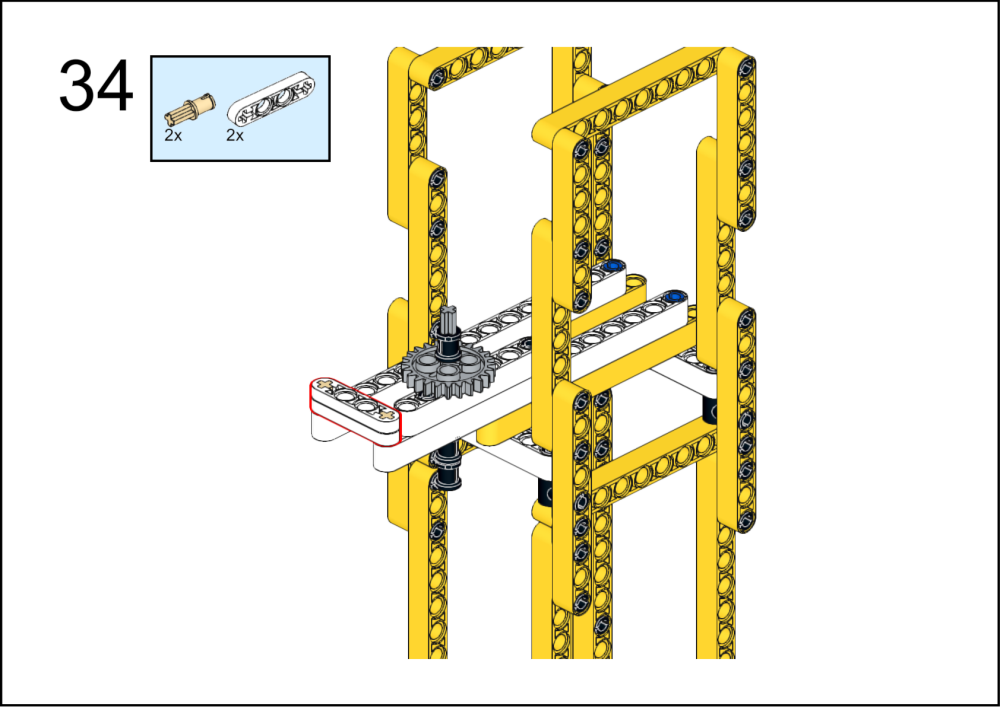
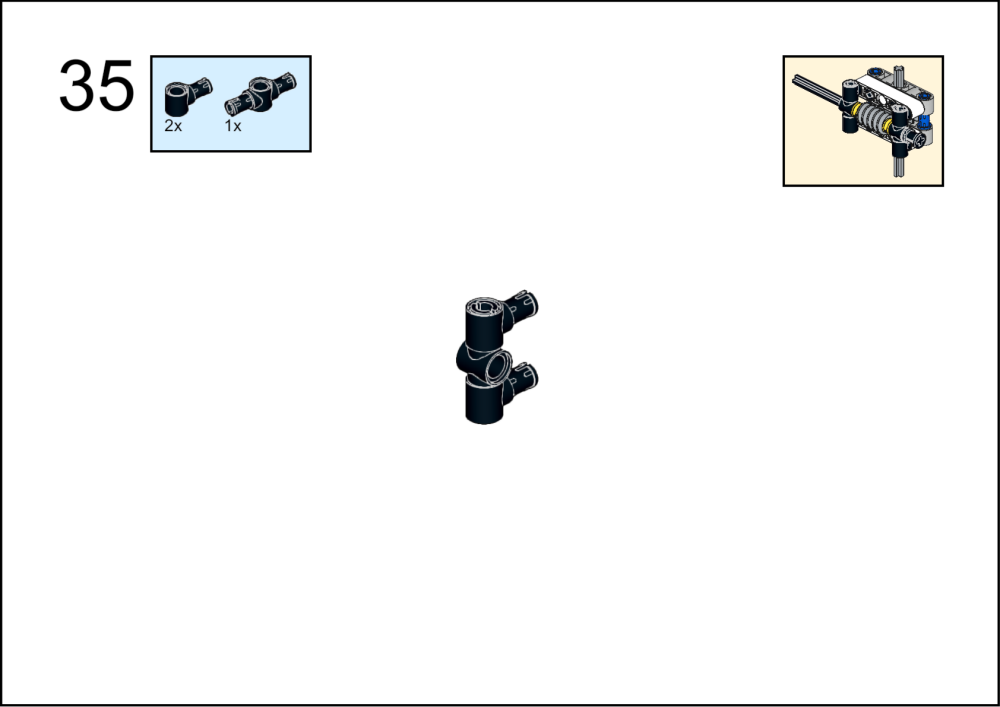

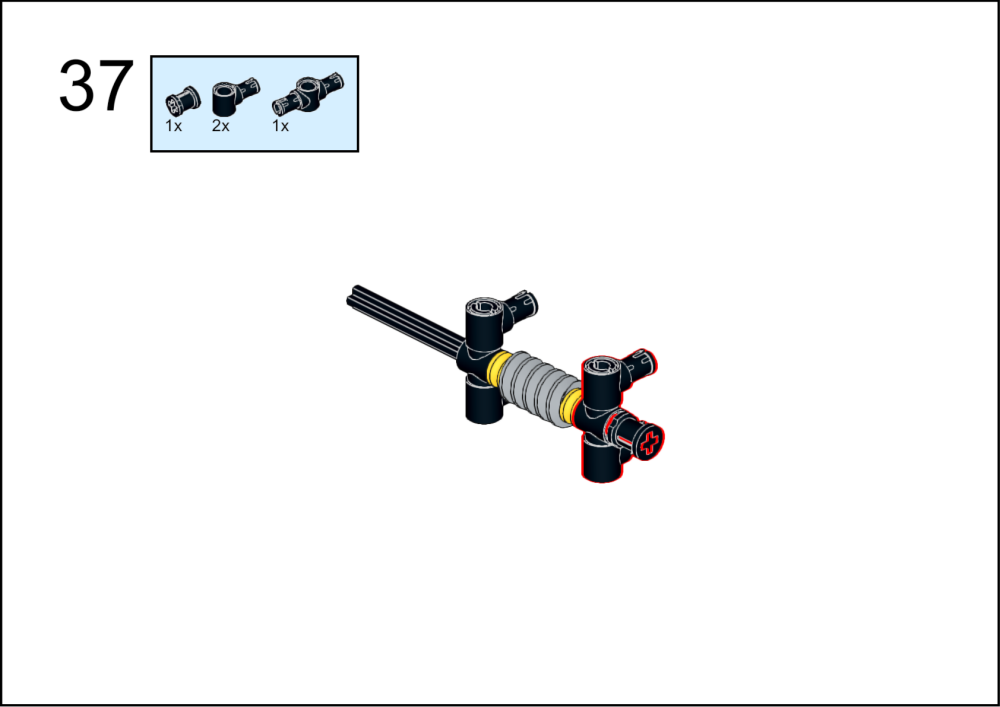
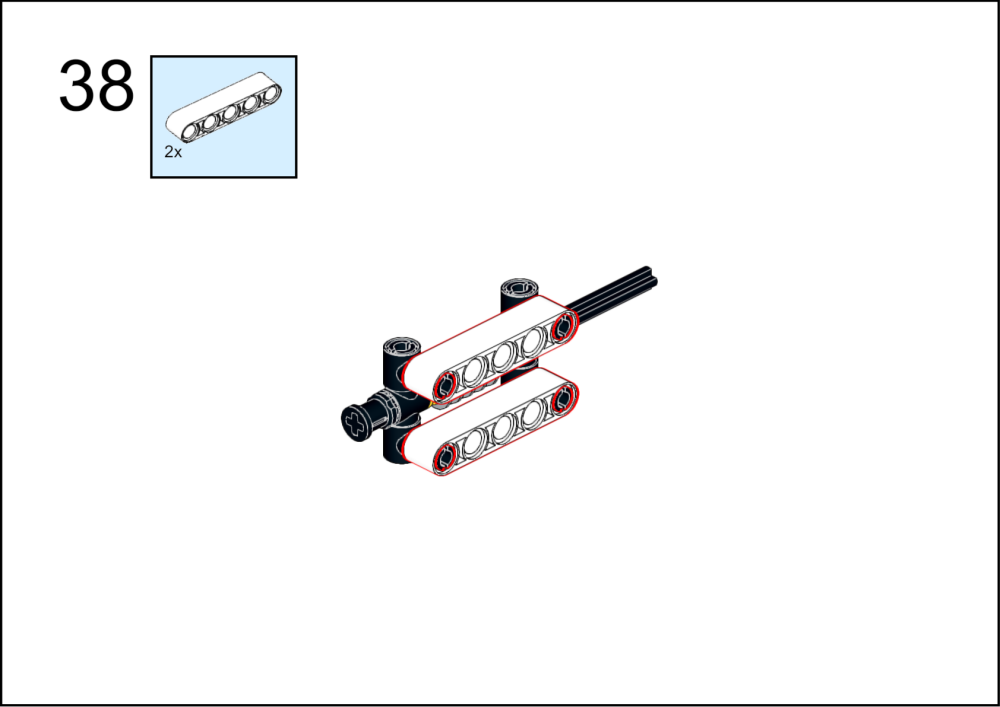









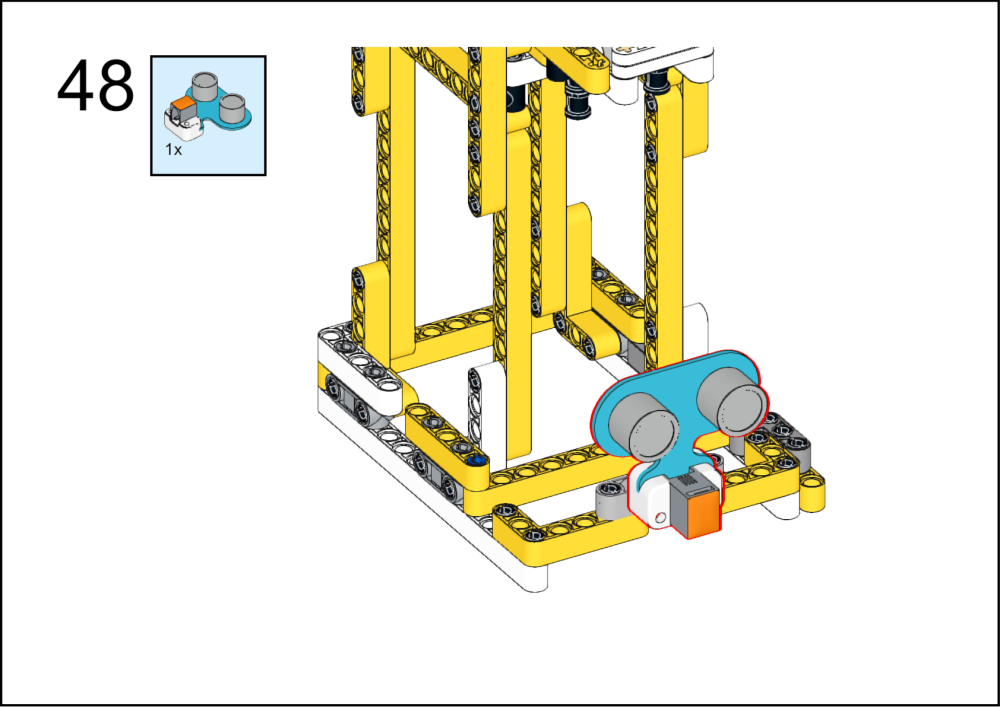
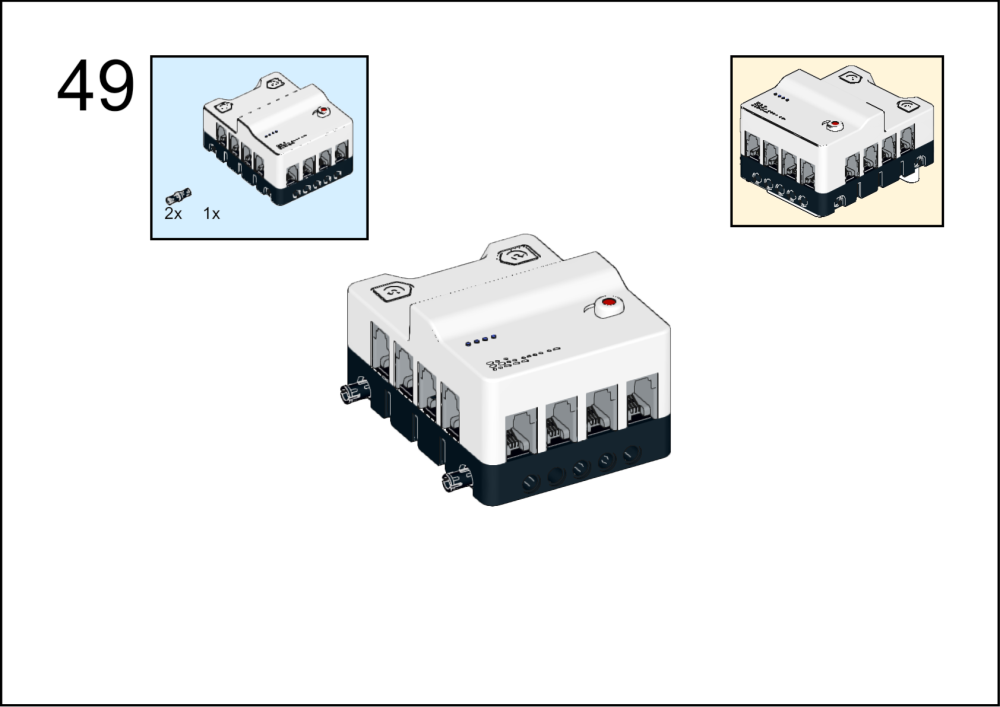


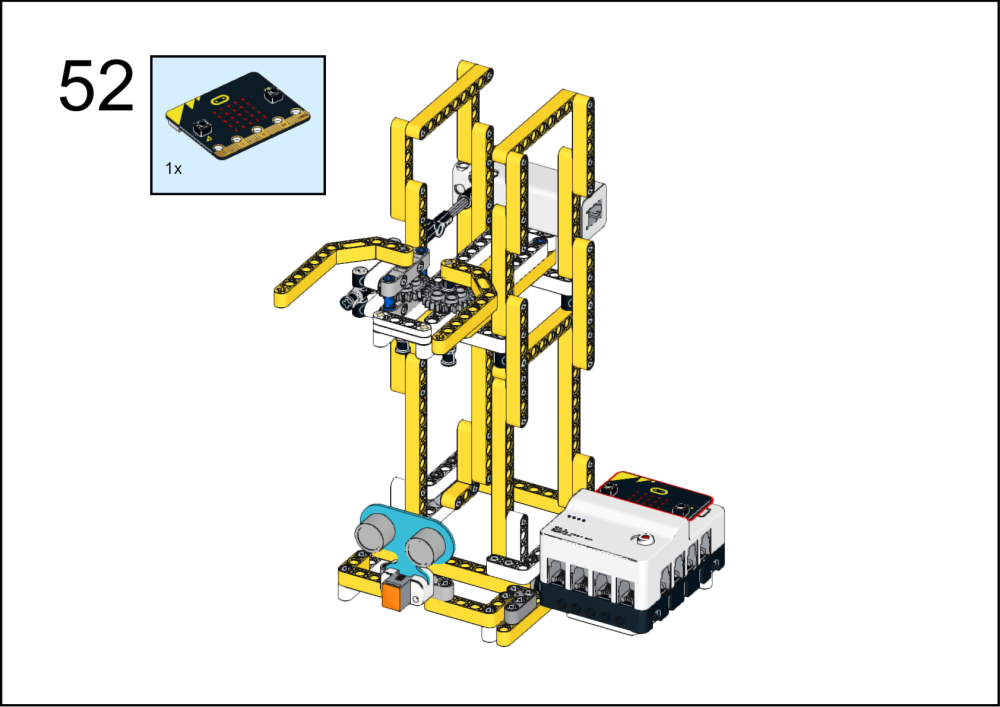
Program
Add Extensions
Go to “makecode.microbit.org”, click "New Project".
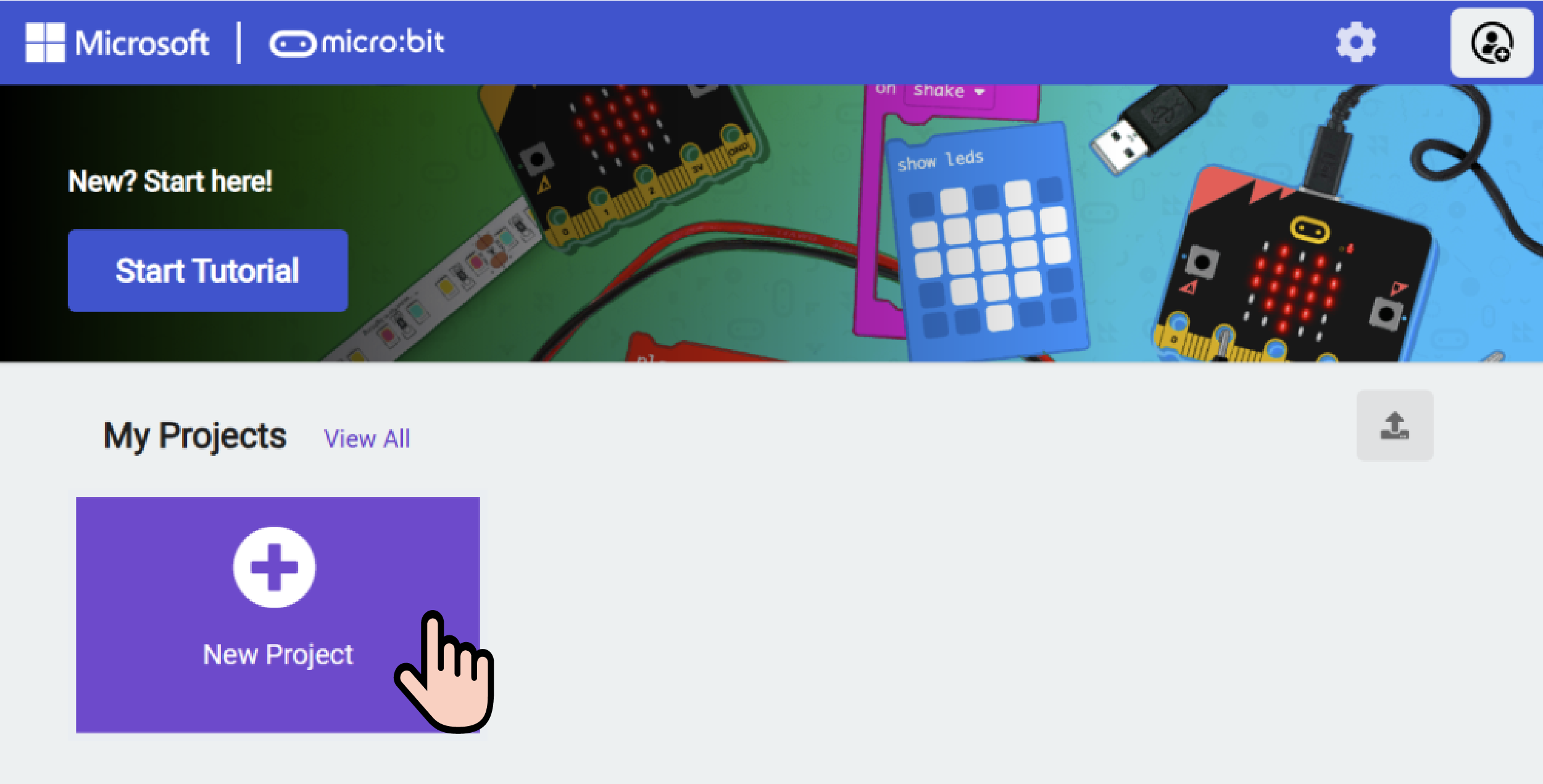
Name your project and click "Create".

Click "Extensions" in the MakeCode drawer.

Search with "nezha2" to add the extension, and search with "PlanetX" to have it downloaded in the same way.

Component Connection
Please refer to the wiring diagram below to connect the components to the corresponding interfaces.

Sample Code

Link: https://makecode.microbit.org/_Tr5RoqfMtA1J
 Please adjust the Planet smart motor speed appropriately for your classroom.
Please adjust the Planet smart motor speed appropriately for your classroom.
Download Program
Connect your PC and the micro:bit v2 with the USB cable.

There will be a MICROBIT disk in your PC.

Click the left corner select Connect Device.

 .
.
Click  .
.

Select BBC micro:bit CMSIS-DAP in the pop-up window, and then select Connect, so far, our micro:bit has been connected successfully.

Click on Download program

Teamwork and Presentation
Students are divided into teams and work together to build and programme a rocket launcher.
Students are encouraged to co-operate, communicate and share their experiences with each other.
Each group will have the opportunity to show the other groups the rocket launcher they have made and demonstrate.
Expected Results: After starting up, the lunar rocket is launched from the earth and stops when it encounters obstacles (simulating the movement of the lunar rocket from takeoff on the earth to the lunar orbit coasting point).

Summary and Reflection
Review the lesson content and remind students what knowledge and skills they have acquired.
Lead students to discuss the problems and difficulties they encountered during the production process and how they solved these problems.
Guide students to think about the direction of optimisation and improvement of the rocket launcher, e.g. what other interesting cases can be made.
Extended Knowledge
A rocket launcher is a crucial component of a rocket launch system, and its design and function are directly related to the safety and success of a rocket launch. The following is a detailed explanation of the components of a rocket launch pad, how it works, and related background knowledge.
Structural Components
A rocket launcher usually consists of the following major components:
- Base:
- This is the foundation of the launch pad, which is usually a strong concrete structure capable of withstanding the tremendous thrust and vibration generated during the launch of a rocket.
- Rotary Table:
- Allows the rocket to be rotated in the horizontal plane to align with a predetermined launch azimuth.
- Elevating platform:
- Can be moved vertically to help place the rocket in the correct altitude position prior to launch, allowing personnel and equipment to approach the rocket for final checks and preparations.
- Elevator mechanism (directional) :
- Controls the vertical movement of the elevating stage and also controls the direction of the slewing stage to ensure that the rocket is accurately pointed at the target.
- Gas deflector:
- Designed to guide the high-speed gas stream ejected from the rocket motor, avoiding damage to the launch pad and other ground facilities while reducing the impact of the gas on the rocket itself.
- Electrical and communications system:
- Provide electrical support and ensure unimpeded communications between the launch pad and the control centre.
- Security and emergency systems:
- Includes fire suppression systems, emergency evacuation routes and protection against potential explosions.
Working Principle
The working principle of a rocket launcher involves the following key steps:
- Preparation phase:
- The launch pad is set to the proper height and orientation and the rocket is lifted onto the pad.
- All interfaces are checked and connected, including fuel and oxidiser supply lines, power and data cables.
- Final pre-launch checks include weather conditions, rocket status and operational status of ground facilities.
- Fuelling phase:
- Depending on the design of the rocket, liquid fuel and oxidiser are pumped into the rocket's fuel tanks.
- For solid rockets, the fuel is filled at the time of manufacture and does not need to be refilled.
- Countdown and ignition:
- The pre-launch countdown begins and all systems are activated and put on standby.
- After the ignition command is given, the rocket motors are activated to generate thrust.
- Launch:
- When the thrust is sufficient to overcome the weight of the rocket, the rocket begins to rise and leaves the launch pad.
Background knowledge
The design of a rocket launch pad requires consideration of a variety of factors, including but not limited to:
- Environmental Adaptability: The launch pad must be able to withstand severe weather such as strong winds, heavy rain and lightning.
- Safety: the design incorporates multiple safety mechanisms to protect personnel and equipment from accidental injury.
- Maintainability: The launch pad needs to be easy to maintain to ensure that it is in optimal condition before each launch.
- Compatibility: Some launch pads can be adapted to different types of rockets, which requires a certain degree of flexibility and adaptability.
Rocket launch pads are one of the key elements in the success of space launch missions, and their design and operation reflect the high precision and complexity of aerospace engineering.